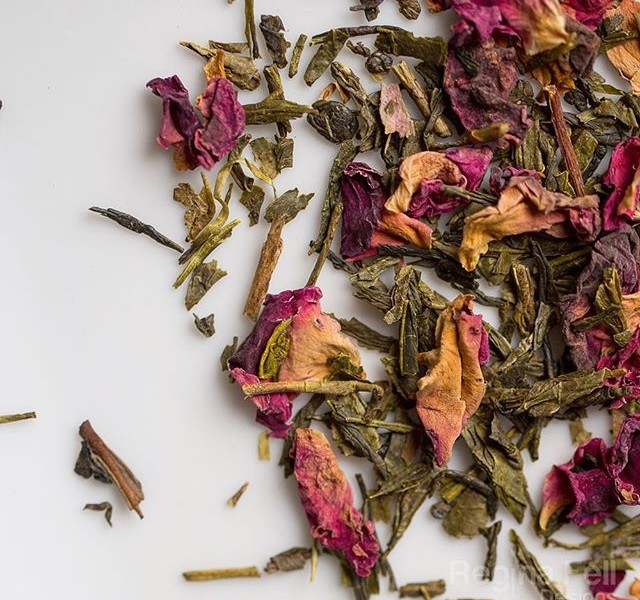Diane demonstrates differences in Japanese and Chinese green teas and how to brew each properly and deliciously! Selections shown in this video are China Mountain Green http://bit.ly/2iFPWLv and Cherry Rose http://bit.ly/2hOH74I You can see the video here: http://bit.ly/2pIoy6i
Green teas are not all created equal, but they are delicious! Green tea can come from any tea-growing country, but what makes it green tea is the amount of oxidation. ‘Kill-green’ refers to stopping the oxidation process so that the tea does not oxidize to black. The stages the tea goes through are white, green, oolong and black. Puerh is another category of tea which has been fermented.
Chinese green tea normally grows more inland and in mountainous regions, while Japanese green tea is grown closer to the ocean and the terroir/growing conditions of each plays into the taste profile the tea has, along with the method by which they are processed.
In general, Chinese green tea is roasted/pan-fired, while Japanese green tea is usually steamed. Japanese teas tend to be slightly grassy in taste, and the processing can also give them a creamy mouthfeel while Chinese green teas, because of the roasting, tend to have a nutty or toasty flavor.
There are a number of teas in each category of green tea, and sometimes florals like jasmine or herbals like mint are added to enhance or change their flavor. One of the best-known Chinese green flavored teas is Jasmine Pearl, small pearls of green tea rolled and pressed with jasmine, preferably from the Fujian region. Dragonwell is another classic Chinese tea, and the best Dragonwell, or Longjing, comes from the West Lake District.
Get to know the taste profiles of both Chinese and Japanese green teas and then go on an adventure of finding particular teas that appeal to your personal palate. When you are in the Green Teas section of the site, please be sure to read the descriptions to find the taste profiles and other details of each, including brewing time and temperatures.

